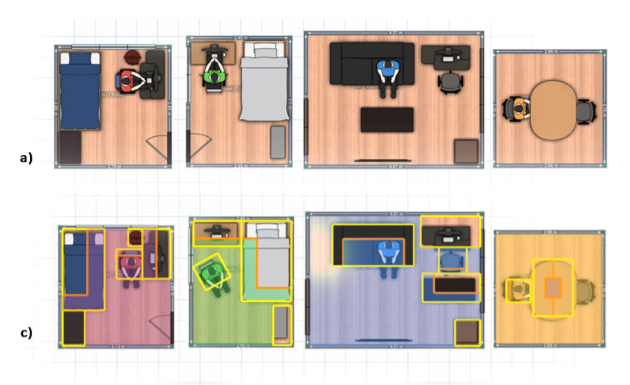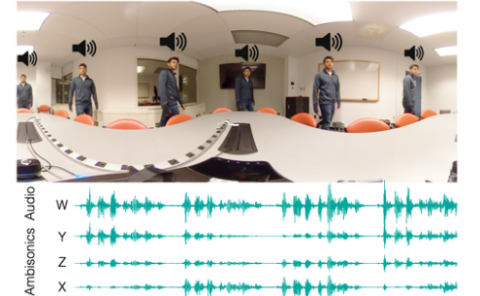Optimization and Manipulation of Contextual Mutual Spaces for Multi-User Virtual and Augmented Reality Interaction
PubDate: Feb 2020
Teams: University of California
Writers: Mohammad Keshavarzi, Allen Y. Yang, Woojin Ko, Luisa Caldas

Abstract
Spatial computing experiences are physically constrained by the geometry and semantics of the local user environment. This limitation is elevated in remote multi-user interaction scenarios, where finding a common virtual ground physically accessible for all participants becomes challenging. Locating a common accessible virtual ground is difficult for the users themselves, particularly if they are not aware of the spatial properties of other participants. In this paper, we introduce a framework to generate an optimal mutual virtual space for a multi-user interaction setting where remote users’ room spaces can have different layout and sizes. The framework further recommends movement of surrounding furniture objects that expand the size of the mutual space with minimal physical effort. Finally, we demonstrate the performance of our solution on real-world datasets and also a real HoloLens application. Results show the proposed algorithm can effectively discover optimal shareable space for multi-user virtual interaction and hence facilitate remote spatial computing communication in various collaborative workflows.


